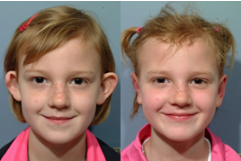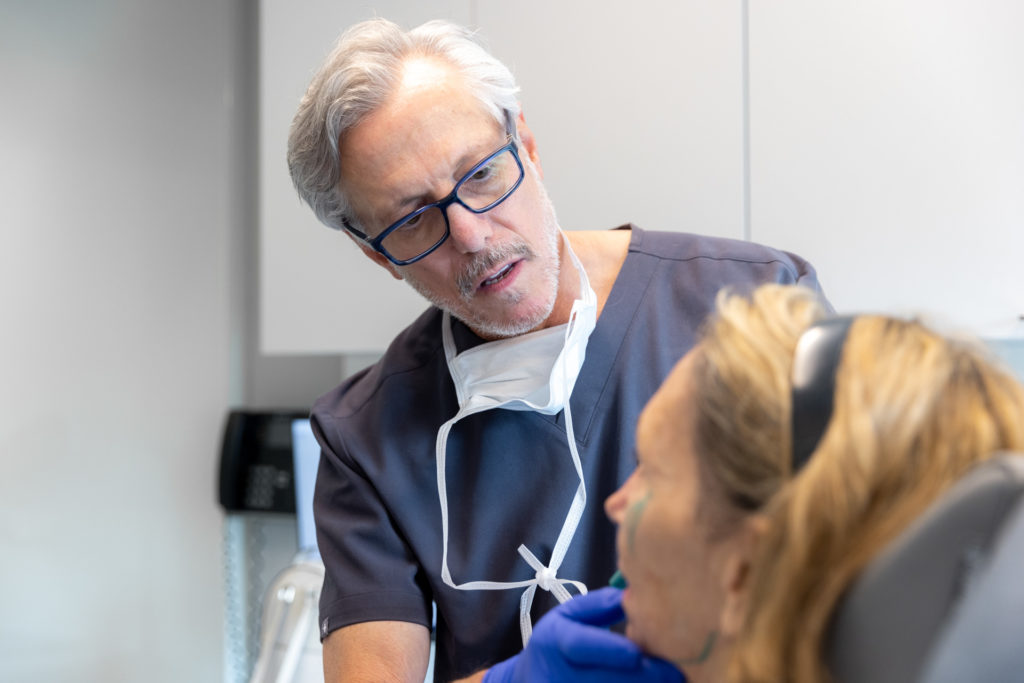
OTOPLASTY: CORRECTIVE EAR SURGERY FOR CHILDREN
The deeply personal decision to undergo an elective surgery becomes even more complicated when considering surgery for a child. Otoplasty is a procedure that may be appropriately performed on children as young as 6 years old. The following factors can determine whether and when it is appropriate to consider ear surgery for children.
MOTIVATION AND DESIRE FOR SURGERY
For children to have a positive surgical experience and a rewarding outcome, they must be fully cooperative with the parents and the surgeon. This depends largely on the child’s own motivation and desire for otoplasty. Children should not be pressured into undergoing surgery if they would not otherwise want it for themselves. If a child is coerced into undergoing otoplasty, he or she may develop body image issues and poor self-confidence. Often this discussion is initiated by the child, in the form or reporting teasing or being self conscious about their appearance. If you suspect that your child is concerned about the appearance of their ears, you might ask if they have been teased about anything or called any names. This gives them the opportunity to share their feelings and experiences. If not, this discussion can be put off until they get older. If they do report concerns or teasing (now called bullying), children must be introduced to the idea of surgery, but the idea should be introduced in such a way that the child can fully understand the motivation and make their own decision about it. If they are sufficiently prepared and self-motivated, it will be clear by how they react to computer imaging of their potential surgical results during the consultation. The reaction of a self-motivated child upon seeing the final results after surgery is even more satisfying to watch.
AGE

Children must be at least 6 years old to undergo ear surgery. Before this age, the ear cartilage is too weak and the ears are too small to achieve excellent cosmetic results. By age 6, the ears are 90 percent of their adult size and the ear cartilage is strong enough to withstand corrective surgery. In some cases, it is best to undergo ear surgery early or as soon as the ear cartilage is sufficiently grown in order to achieve the desired results. Children who undergo otoplasty at 6 or older are typically old enough to participate in the decision-making process but not so old that they have endured years of schoolyard teasing.
MATURITY LEVEL
Any child who is a candidate for ear surgery should be mature enough to understand the procedure. The child must be able to recognize the reason for it and to cooperate fully with the demands of the procedure and the required behavioral adjustments during recovery. They must also be mature enough to recognize that this procedure is designed to correct one aspect of their physical appearance and cannot magically improve self-esteem or body image. Dr. Pearlman considers this procedure to be reconstructive rather than aesthetic in nature, as it restores and normalizes the appearance of the ears. If a child can understand this concept, he or she may be ready for surgery.
EAR DEFORMITIES OR ABNORMAL EARS
Children are always noticing details of the world around them. They very quickly pick up on what is “normal” and what is not. Consequently, if they realize that they have an ear deformity or abnormally protruding ears, they may become hyper-sensitive and consider the appearance of their ears to be a serious issue. They may also experience teasing or bullying from their peers and handle it with difficulty, developing social anxiety and poor self-esteem. As a parent, being able to recognize a physical abnormality in your child’s ears gives you the opportunity to recommend reconstructive ear surgery and potentially save your child from these issues.
NON-SURGICAL OPTIONS
Some ear deformities can be corrected in infants without any surgery. For instance, lop ear, where the top of the ear bends over, may be treated with an ear mold placed on the child’s ear shortly after birth. However this must be started within a few weeks of birth to be effective. Because the new cartilage is so soft and pliable in newborns, this form of treatment is appropriate and can correct the shape of the ear within a matter of weeks.
Otoplasty can improve outer ear abnormalities and deformities to restore a more balanced and natural appearance. If you are considering ear surgery for your child, Dr. Pearlman can help you understand the details of the procedure and help you present the idea to your child in a way that is healthy, constructive, and positive. To schedule a personal consultation with Dr. Pearlman, call 212-223-8300 or complete our online contact form today.




